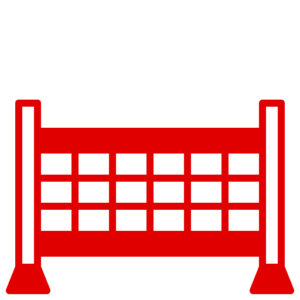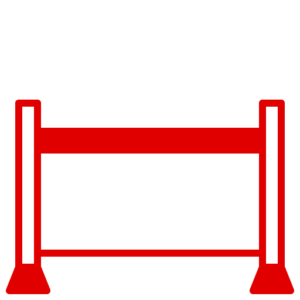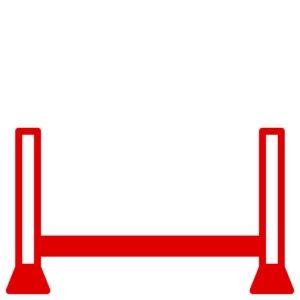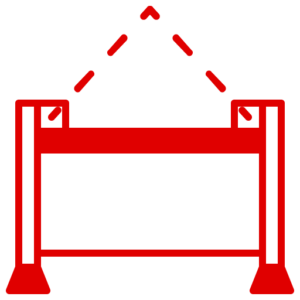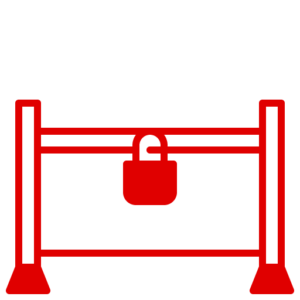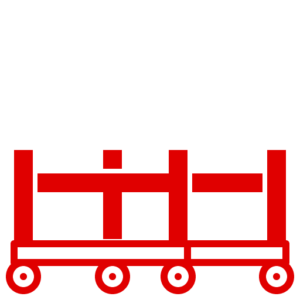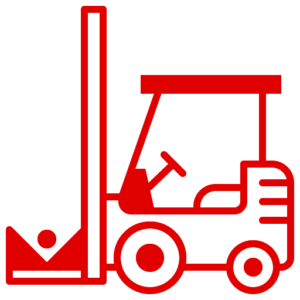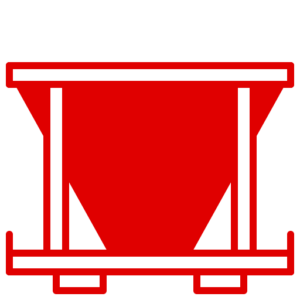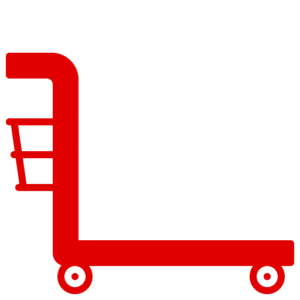News
Stillages Load Capacity According to LOLER: A Comprehensive Guide
Understanding the load capacity of stillages is paramount for ensuring their safe and efficient use in various operational settings. As a provider of high-quality stillages and cages, Lowe Stillages recognises the importance of abiding by the Lifting Operations and Lifting Equipment Regulations (LOLER). In this blog post, we break down how to accurately determine the load capacity of stillages according to these crucial guidelines.
LOLER is a set of regulations designed to secure safety when lifting operations are carried out. One of its essential aspects is understanding the load capacity of your stillages – a critical factor that determines how much weight a stillage can safely bear. Determining this accurately is key to promoting safe operations and maintaining compliance with regulations. Here are five key points to guide you through this process:
Manufacturer’s Specifications
Start by referring to the manufacturer’s documentation or labelling of the stillages. Reputable manufacturers should provide load ratings and guidelines specific to the design and construction of their stillages, giving you a primary source for understanding their capabilities.
Engineering Calculations
For a more comprehensive understanding, consider engaging a qualified engineer or structural expert. They can perform load capacity calculations based on the stillages’ design, material strength, and structural integrity. This process involves analysing factors such as the dimensions, material thickness, and the construction of the stillages.
Testing and Certification
To further validate the load capacity, conduct load testing under controlled conditions. This involves applying known weights to the stillage and monitoring its performance, typically using calibrated equipment and following recognised testing standards. Certification from a competent person or organisation based on these test results can further confirm your stillage’s load-carrying capabilities.
Industry Standards
Referring to industry standards and guidelines is also invaluable. These resources provide load capacity recommendations for stillages, considering factors such as the type of stillage, its intended use, and widely accepted safety margins.
Professional Advice
Finally, don’t underestimate the value of seeking advice from knowledgeable professionals. Structural engineers, material handling experts, or consultants specialising in stillages can provide expert recommendations and assist in determining the load capacity based on your specific requirements and considerations.
Remember, accurately determining the load capacity of stillages is crucial for ensuring safe and compliant operations. While the above steps provide a comprehensive approach, always consider the specifics of your situation. We recommend consulting the relevant LOLER regulations, industry standards, and seeking professional advice to determine load capacities specific to your stillages and their intended use. Safe operations begin with understanding your equipment’s capabilities, and this is a crucial part of that understanding.

